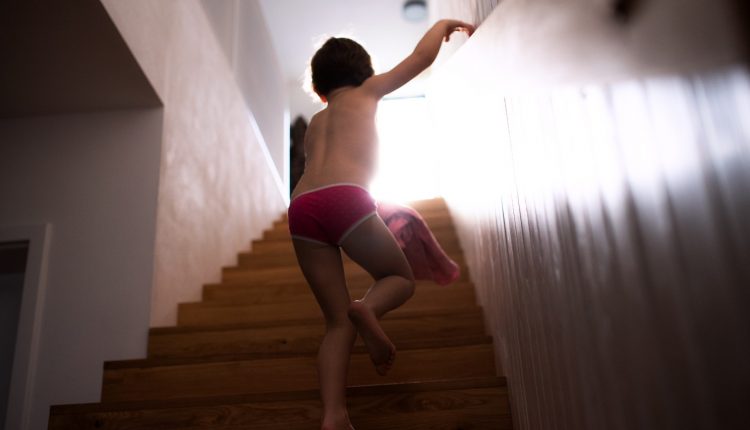
Children's sleep guide: how sleep has changed since the pandemic
Children’s ‘healthy’ sleep, a few simple tips to follow regularly to maintain the right sleep rhythms for toddlers
The COVID-19 emergency and the containment measures put in place during these pandemic years have heavily impacted the habits of families.
Young people’s sleep is certainly one of the aspects most affected by the change in daily habits: altered school schedules, distance learning, periods of isolation during illness, reduced sports activities, increased use of electronic devices that make even the youngest ‘connected 24 hours a day’.
CHILD HEALTH: LEARN MORE ABOUT MEDICHILD BY VISITING THE BOOTH AT EMERGENCY EXPO
Children’s sleep: today’s sleep lasts less than 7 hours
Although all the major paediatric societies recommend at least 9 hours of sleep, the reality unfortunately does not coincide with the recommendations and thus children who do not get even 7 hours of rest per night are increasingly coming to the attention of paediatricians.
Recent research has shown that for every hour of sedentariness per day, children can take around 3 minutes longer to fall asleep, and the falling asleep phase has a direct influence on sleep maintenance.
Even more alarming data correlate obesity and poor school performance with reduced sleep.
It is also known that regular physical activity promotes a healthy night’s rest:
In a society where young people are increasingly sedentary, it is therefore inevitable that the duration and quality of sleep also deteriorates.
Children’s sleep, another important topic concerns the use of electronic devices:
Perhaps not everyone knows that the blue light emitted by devices has a direct influence on the functioning of melatonin resulting in difficulty falling asleep.
Despite this period of newfound ‘normality’, sleep problems in children and adolescents persist.
Here are a few simple tips to follow regularly and perseveringly in an attempt to regain healthy, old habits:
- Avoid naps, especially among school-age children. If really necessary, do not exceed 20 minutes. Waking up may be problematic but you will gain in serenity at night;
- Daily exercise: international guidelines, also shared by Italian doctors, recommend at least one hour of moderate-intensity physical activity at least five days a week. Let’s learn to make the most of free moments to accumulate some healthy movement;
- Maintain a suitable environment: little noise, closed windows and adequate lighting;
- Expose children to sunlight during the day to regulate their sleep-wake rhythm. Artificial light does not have the same beneficial effects on the circadian rhythm. Therefore, take advantage of good weather to keep children out of the house as much as possible in line with school commitments;
- Avoid exposing children to second-hand smoke and to drinks containing theine and/or caffeine: these are sometimes very palatable products but are a great enemy to rest;
- Avoiding the use of electronic devices at least in the hour before falling asleep and never activating them when waking up at night. We should rediscover the habit of a good book or the telling of a story!
Read Also:
Emergency Live Even More…Live: Download The New Free App Of Your Newspaper For IOS And Android
Obstructive Sleep Apnoea: Symptoms And Treatment For Obstructive Sleep Apnoea
Obstructive Sleep Apnoea: What It Is And How To Treat It
Grinding Your Teeth While You Sleep: Symptoms And Remedies For Bruxism
Long Covid And Insomnia: ‘Sleep Disturbances And Fatigue After Infection’
Sleep Disorders: The Signs Not To Be Underestimated
Sleepwalking: What It Is, What Symptoms It Has And How To Treat It
What Are The Causes Of Sleepwalking?
Pediatric Obstructive Sleep Apnea
Tiredness And Sleep During The Day: What Can Be The Causes?



